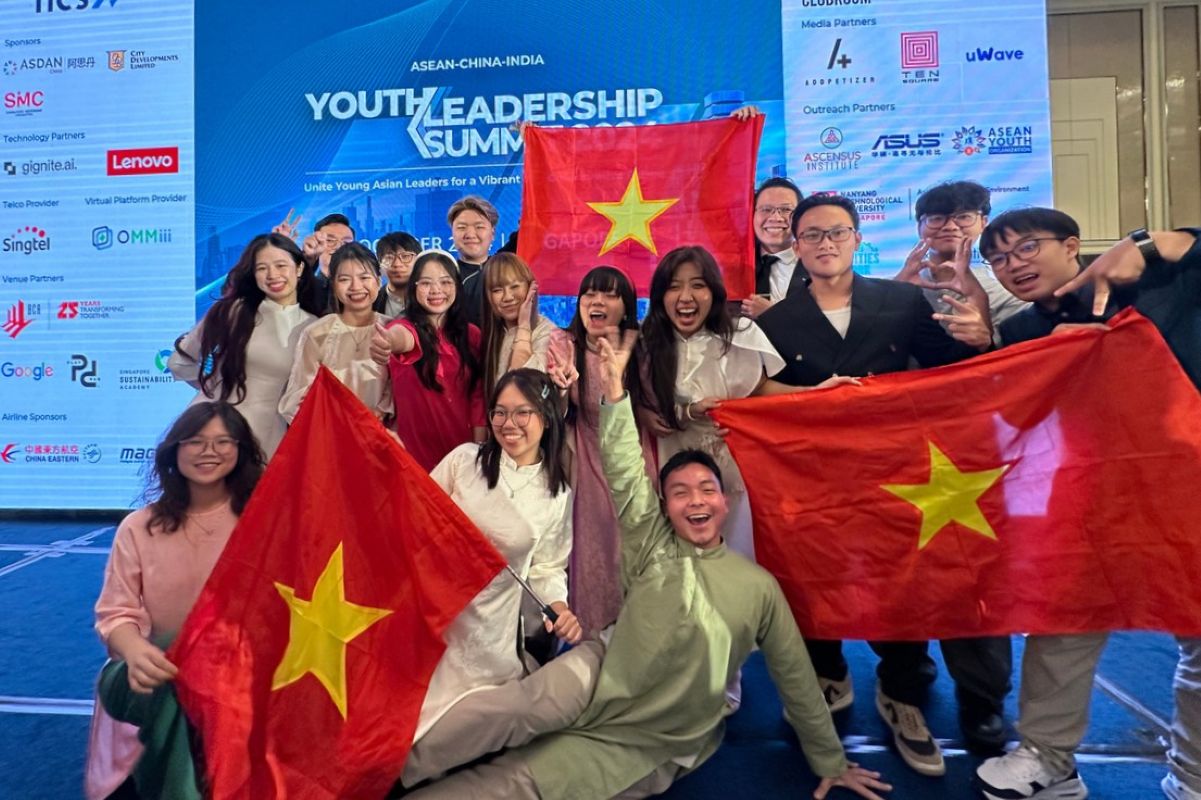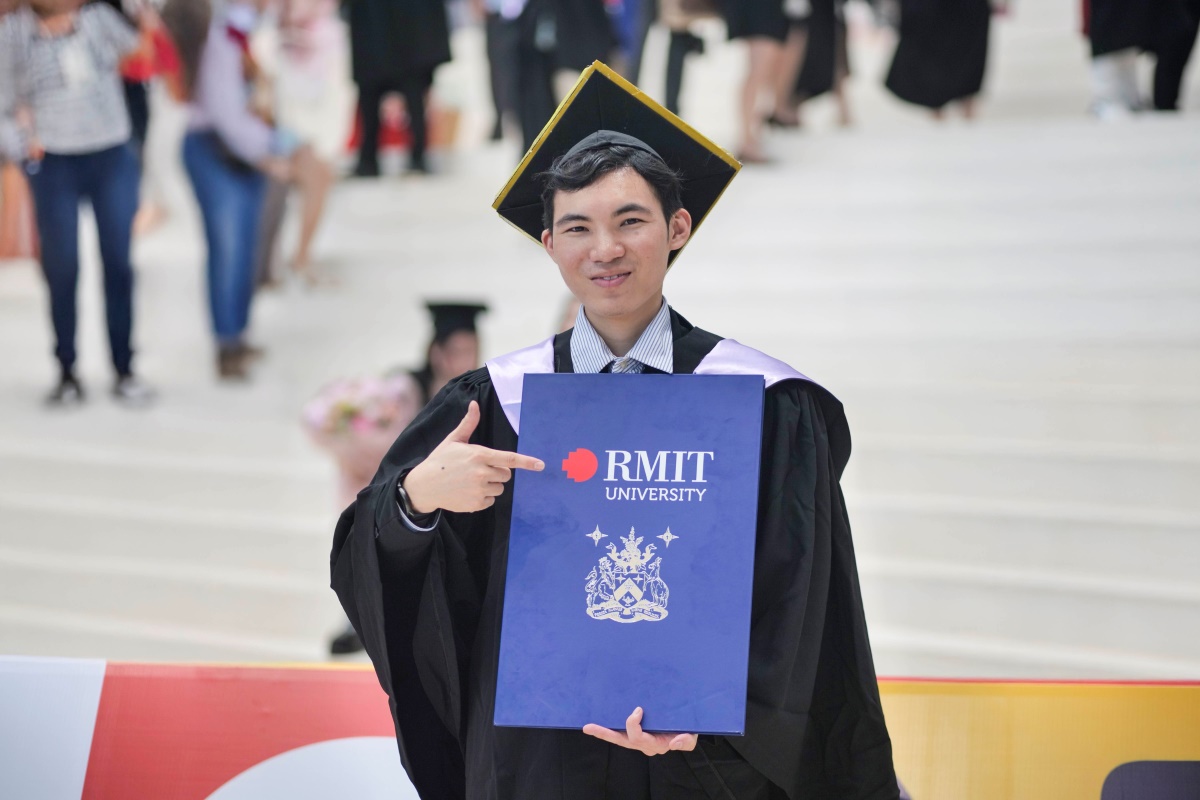To tackle these challenges, a multifaceted approach is indispensable.
First and foremost, it is essential to innovate education and training programs, placing a strong emphasis on STEM (science, technology, engineering, and mathematics) areas. Enhancing education in STEM from pre-school to university level is crucial. This involves updating the curriculum to align with industry needs, incorporating real-world experience and practical training, and fostering critical thinking and innovation.
We should prioritise comprehensive development, equipping students with specialised knowledge, practical and soft skills compatible with the R&D environment.
Secondly, it is imperative to establish collaborations between academia, universities, and the technology industry, coupled with significant investments in research infrastructure.
Forging close partnerships between educational institutions and technology companies ensures that the skills taught align with the current needs of R&D centres.
Internship programs, expert-sharing lectures, and joint research projects can provide students with in-depth experiences and insights into the real world. Additionally, enhancing research facilities at universities and public institutions is crucial, offering access to advanced research tools and technology to prepare students and researchers for the high standards of global R&D centres.
Thirdly, government policies and incentives for talent attraction are significant.
The government can play a vital role by providing incentives for R&D investments, creating favourable policies for technology start-ups, and investing in technology parks and incubators.
Policies that facilitate collaboration between foreign and local companies can also be beneficial. The government can also implement attractive policies to lure talent, such as financial support, housing, and insurance, to engage local and international professionals.
Finally, we should accelerate international exposure and collaboration, focusing on emerging technologies. It is vital to foster partnerships with international universities and research institutions, which can bring valuable exposure. Exchange programs, joint research initiatives, and conferences can also facilitate knowledge and best practices sharing.
Moreover, acquiring advanced education and expertise in emerging fields such as blockchain, AI, biotechnology, and renewable energy can position Vietnam as a destination for world-leading corporations in these sectors.
Enhancing the quality and quantity of Vietnam's workforce for better engagement in R&D centres demands collective efforts from the government, businesses, and the people. By prioritising the advancement of education, infrastructure, and collaboration with leading global corporations and developed countries, Vietnam can evolve into a vibrant destination for R&D and innovation on the regional and global stage.
Story by: Dr Chu Thanh Tuan, Associate Program Manager of Undergraduate Business Programs at RMIT Vietnam






